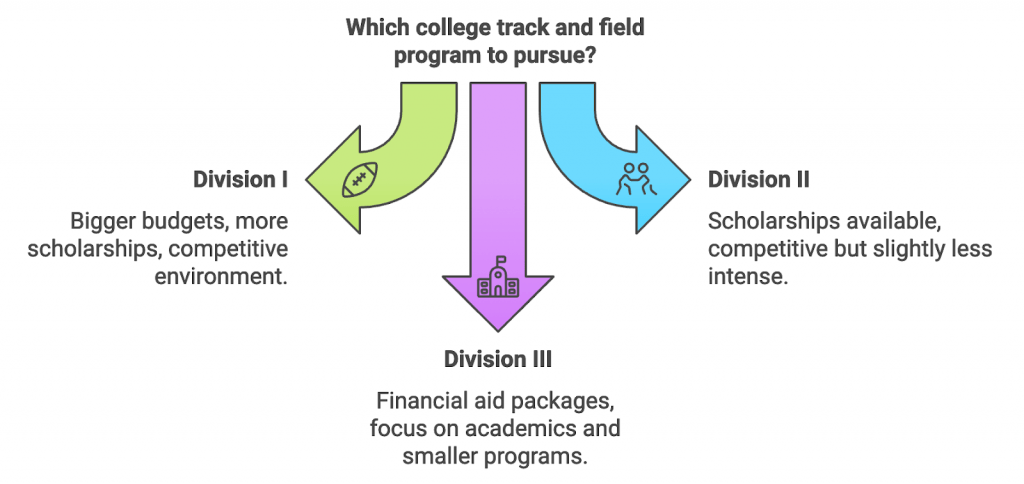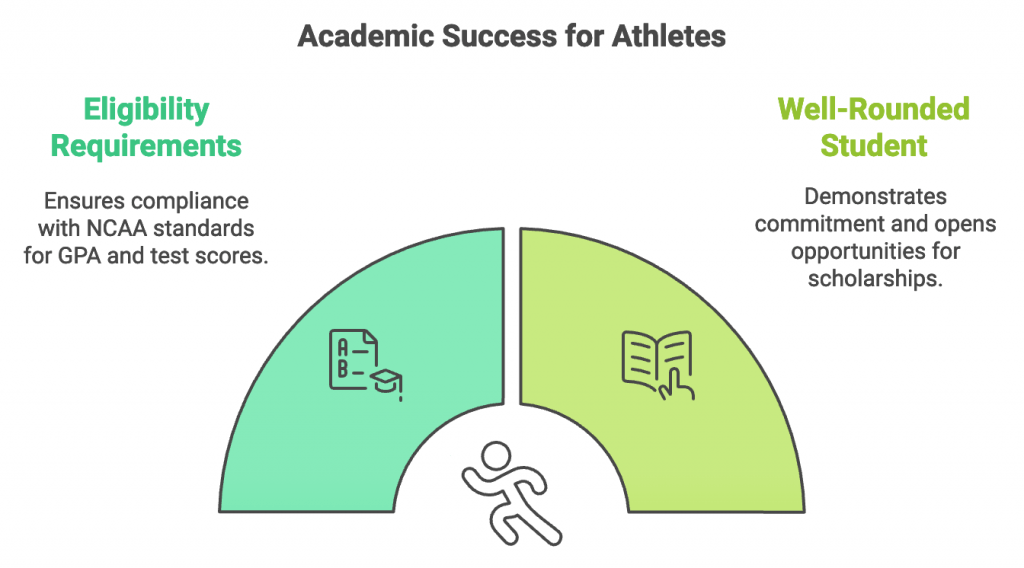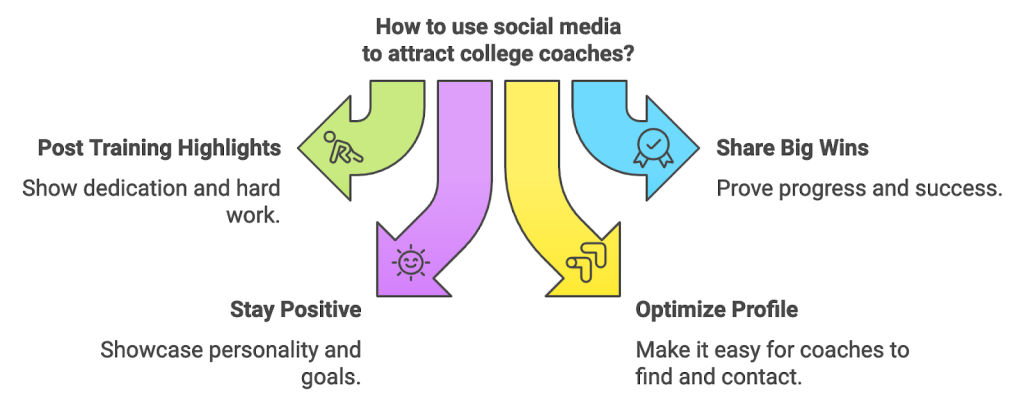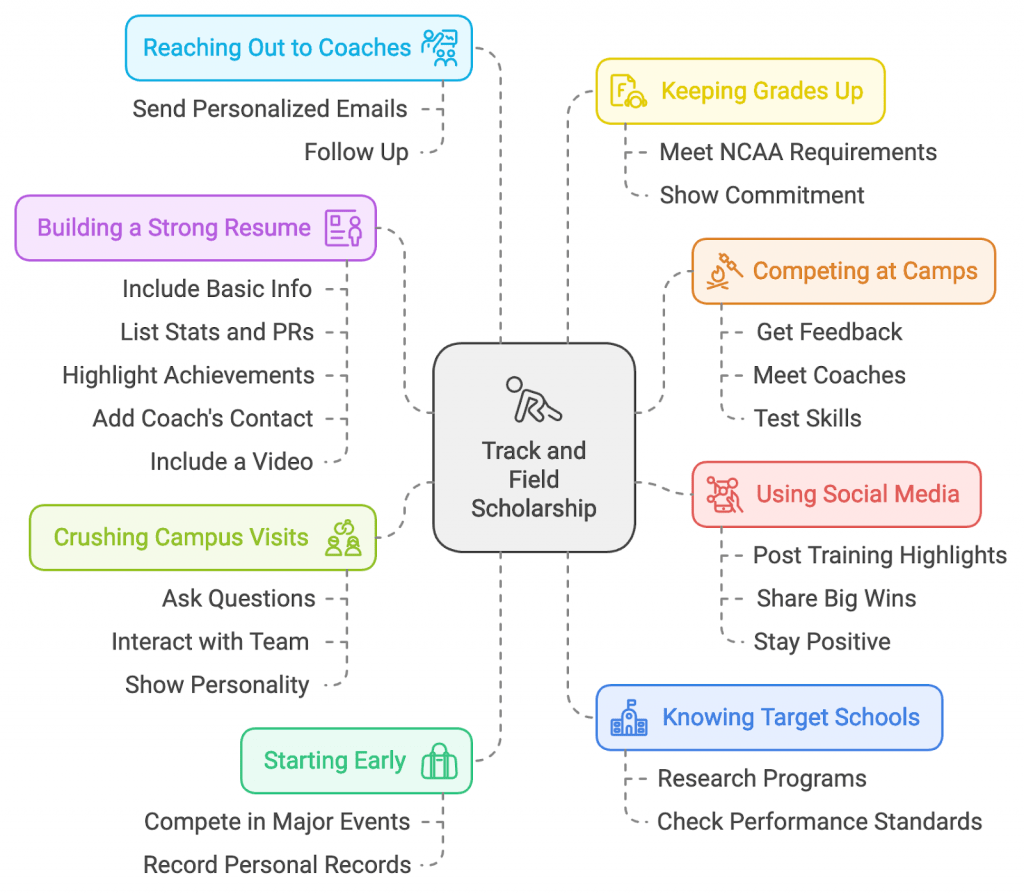How to Get a Track and Field Scholarship: Essential Tips and Standards
So, you’re fast, strong, and ready to take your talents to the next level. Maybe you dream of wearing your future college jersey, representing them in track and field while earning a degree. But how do you actually make that dream a reality? Good news – with some planning, persistence, and hustle, you can give yourself a solid shot at landing a scholarship. Here’s everything you need to know.
Step 1: Start Early and Get Noticed
Timing is so essential for recruiting. Coaches don’t just wait until senior year to find out who is talented – they start scouting way earlier, usually in sophomore or junior year.
What You Can Do Right Now. Start building your name in track and field circles. If possible, compete in every major event, from regional meets to national competitions. College coaches love to see results from more significant events because it shows how you perform under pressure. They’re way more likely to attend a big meet than a small one.
Step 2: Know Your Target Schools
Not every college program will be the right fit, and that’s fine! You need to figure out where you stand regarding your athletic level and find programs that match your skill set. Do you want to be part of a powerhouse Division I team or focus on a smaller program with a strong track and field community? Both have pros and cons.
Finding Your Ideal Fit:
- Research. Look up track and field programs at schools you like academically. Make a list of your dream schools and the ones where you will likely qualify.
- Performance Standards. Every division has different performance standards. For example, times for a Division I sprinter might be much faster than a Division II sprinter. Look at the times and scores for each school’s team – it’ll help you gauge where you fit in.
- Division Differences. D1 schools usually have the biggest budgets and offer more scholarships. D2 and NAIA schools often offer scholarships, too, and Division III schools can sometimes provide financial aid packages to athletes.

Step 3: Build a Strong Athletic Resume
Think of your resume as your highlight reel in words. A coach should be able to glance at it and get the full picture of who you are as an athlete and a student.
What to Include:
- Basic Info. Name, graduation year, school, and contact info.
- Stats and PRs. List all your best performances, especially from larger meets.
- Key Achievements. Any awards or records you hold, both in track and field and academically.
- Your Coach’s Contact. This lets college coaches reach out for more info about your performance and work ethic.
Step 4: Reach Out to Coaches – The Right Way
Waiting for a coach to notice you? Take control and reach out first. A personalized email can make all the difference – it shows you’re serious and proactive.
Email Tips That Work:
- Start Strong. Mention why you’re interested in that specific school and track program. A line like, “I love your program’s focus on academics and athletics,” or “Your team’s performance at nationals last year was wonderful!” can go a long way.
- Be Yourself. Avoid sounding overly formal. Coaches are people, too, and they appreciate a genuine tone.
- Highlight Your PRs. Include your best results right in the email. Give them a quick, impressive snapshot of who you are.
- Attach Your Resume. Make it easy for them to learn more about you with one click.
Step 5: Keep Those Grades Up!
Think track and field performance is the only thing that matters? Not quite. Coaches want athletes who can handle both the track and the classroom. Your academic record shows them you can balance responsibilities and won’t be at risk of losing eligibility.
How to Stay on Track:
- Meet Eligibility Requirements. Check the NCAA GPA and test scores eligibility rules. You would rather not be caught off-guard by missing requirements.
- Show You’re a Well-Rounded Student. Good grades demonstrate commitment, even if you’re not aiming for straight A’s. Some schools may even have academic scholarships that you can combine with an athletic scholarship.

Step 6: Compete at Camps and Showcases
Want to show off your skills to a bunch of coaches at once? Camps and showcases are perfect for that. These events unite athletes and college coaches, making it an excellent opportunity to get noticed.
Why Go to Camps?
- Get Direct Feedback: Coaches at these events can give you tips on improving your form or technique, which will be helpful even if you don’t get a scholarship.
- Face Time with Coaches: Even if they’ve read your email, meeting you in person can significantly impact you.
- Test Yourself: Competing against other scholarship-seeking athletes gives you a good sense of where you stand and how much further you need to go.
Step 7: Use Social Media to Your Advantage
Believe it or not, coaches sometimes check social media profiles to learn more about recruits. Keeping a sports-focused, favorable profile can help reinforce your dedication to the sport.
What to Post:
- Training Highlights. Show your dedication through workouts or training milestones clips.
- Big Wins. If you place well in a big meet or break a personal record, post about it. It’s proof of your hard work and progress.
- Stay Positive. Avoid controversial or harmful content. Stick to posts that showcase your personality and goals.

Step 8: Consider Walk-On Opportunities
If scholarships are tight or you’re set on a specific school, you might still have a shot as a “preferred walk-on.” This means you’d join the team without a scholarship initially, with the potential to earn one later on.
Is a Walk-On Worth It?
- More Chances to Prove Yourself. A flood of athletes start as walk-ons and earn scholarships by their second or third year.
- Connection with Coaches. Being on the team allows you to build relationships with the coaching staff.
- Stay Dedicated. As a walk-on, you’ll need to work harder, but the reward can be worth it if you’re determined to show your value.
Step 9: Crush Your Campus Visits and Interviews
Getting invited to visit a college campus? This is huge! Coaches want to understand who you are beyond your athletic ability, so use this time to show you’re a great fit.
Nail the Visit:
- Be Curious. Ask the coach about their team culture, training philosophy, and academic support. This shows you’re interested in more than just the scholarship.
- Stay Engaged. Interact with the team, join workouts if invited, and make the most of the experience. It’s as much a test for them as it is for you.
- Let Your Personality Shine. Coaches want team players who bring a good attitude. Be yourself, stay positive, and let your character show.

Final Thoughts
Getting a track and field scholarship is about preparation, persistence, and passion. Show coaches that you’re more than your PRs – you’re driven, coachable, and ready to balance sports and academics. Stay proactive, reach out, and remember that every step you take brings you closer to the finish line of earning that scholarship.



